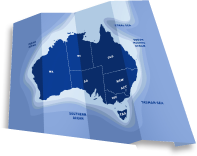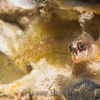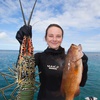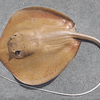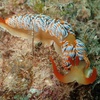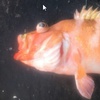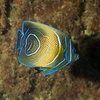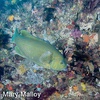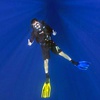
Citizen Science and Technology: Use Your Smartphone for Science, Not Just Selfies!
Citizen science. It’s frequently plugged in the media these days, but what exactly is it, and does it really warrant all the attention? In a nutshell, citizen science is crowdsourcing for science, writes Kieryn Graham at Vaguely Accurate.

